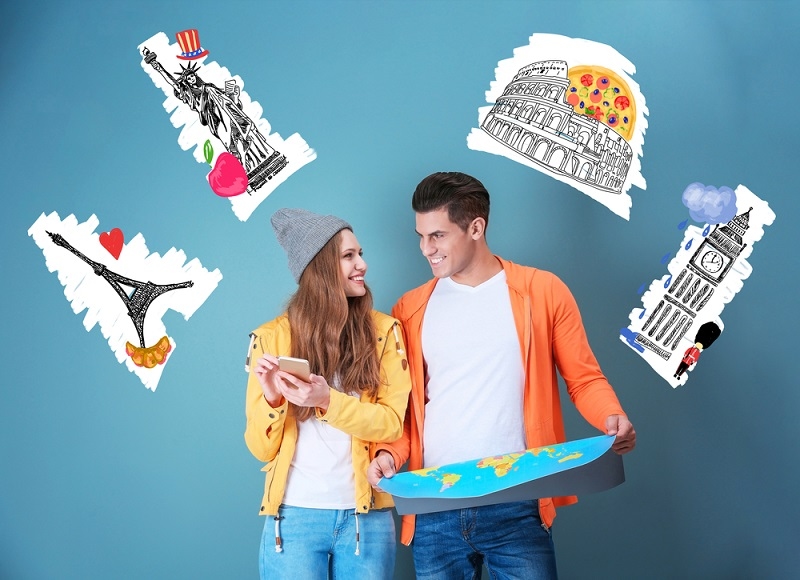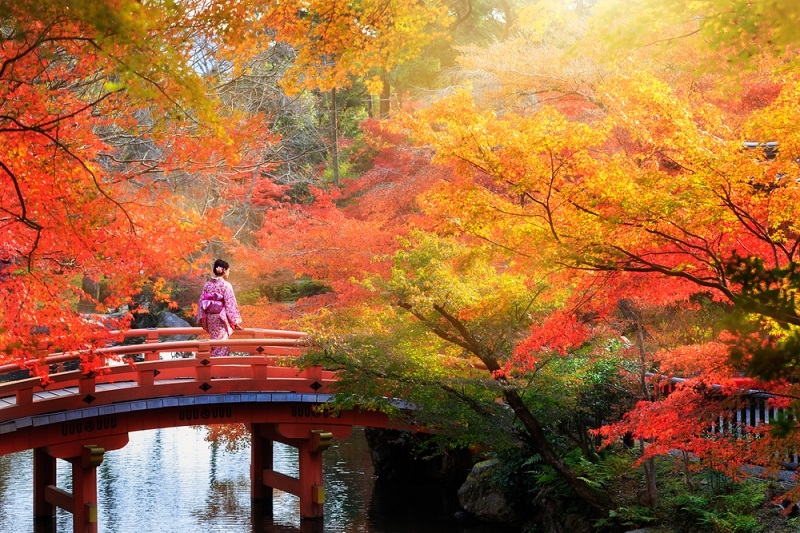
Slow travel is a refreshing alternative in a world preoccupied with speed and taking photos in front of a landmark. It's not just a concept—it is a way of life. Slow travel, or experiencing the world at your own pace, is about getting into the rhythm of a place, meeting the people who call that place home, and creating meaningful experiences.
This guide breaks down the philosophy of slow travel, why it is essential, and how to begin your mindful journey.
Slow travel is the practice of traveling with purpose (instead of frantically). Traditional tourism is about checking off boxes, while slow travel is about spending time in one place, connecting, and enjoying experiences. You can slow travel for two weeks in a small mountain village or a month exploring the rural countryside. It is about being intentional.
When you slow travel, you do not skim the surface. You dive deep. You know the names of the baristas, purchase food from local markets, take your time to learn about cultural customs, and travel to see and feel.
By staying put longer, you will generally engage with locals more. You will understand the local customs, language, food, and way of life, and you will not just have a connection through the transactional relationship of tourism.
You will reduce your carbon footprint by flying less and staying put longer. Staying in place makes transportation easier, but choosing local transportation, like someone biking or taking trains, reduces your impact even more and supports sustainable tourism. With a bit of altruism, you can save a local ecosystem.
Gone are the days of rushing to the airport. No back-to-back itineraries. Slow travel gives you breathing space and the chance to relax and recharge, too, which is worth the cost, especially if you're looking for a break from day-to-day craziness.
You may save money. You will because you will likely have fewer travel costs associated with long-term stays and will want and only have the opportunity to eat at home. Slow travelers focus more on quality than quantity, meaning slow travelers usually will have fewer but richer travel experiences.
Before you pack your bags, you'll need to consider your reason for travelling. Are you travelling to relax? To be close to nature? To learn something new? Understanding the motivation and reasoning behind your trip will help you plan an experience that matches your objectives and supports good travel habits.
Instead of trying to see five cities in a week, choose one or two and stay there longer. The beauty of slow travel is experiencing a place entirely instead of just passing through.
Don't overplan. Make space for flexibility and spontaneity. Maybe you spend an afternoon reading in a café or accept a last-minute invite to a local celebration? Unplanned experiences can turn into the best memories.
Taking trains, buses, bicycles, and walking are more than just ways to get around; they also offer a level of insight into the everyday life of a city. Moving around locally also keeps you grounded in the character of the town.
If you’re new to slow travel, these practical suggestions will help ease you into this enriching way of exploring:
Mindfulness in travel means being fully present. It's sipping coffee without checking your phone, listening intently to a local story, or sitting by the sea without distractions. Mindful travelers notice the details—how light dances on cobblestone streets or how different spices define regional dishes.
Here’s how to create more mindful moments:
These small shifts create a richer, more meaningful travel experience.

Some spaces effortlessly invite slow travel. Here are a few slow travel destinations where the atmosphere entices visitors to stay:
Rolling hills, endless vineyards, medieval towns, and incredible food fresh from farm to table make Tuscany a slow traveler's paradise. Rent a small villa and visit nearby towns and villages, taking everything in.
Kyoto's traditional temples, tranquil gardens, and tea ceremonies are ideal places to contemplate unplugged travel experiences. You will not want to rush through this city of elegance; it will be tempting to sit and experience the beauty of Kyoto's nature, culture, and beauty.
From flamenco music in Seville to whitewashed mountain villages, Andalusia offers plenty of visual, culinary, and musical inspiration, inviting time and space to linger and learn your surroundings. Visit small towns and savor each one, enjoying the unique flavor.
Thiruvananthapuram is the ideal place for a digital detox vacation because of its backwaters, Ayurvedic traditions, and laid-back beaches. Glide slowly on a houseboat, or enjoy the isolation of a simple beach hut.
The wild landscapes inherent in Patagonia are nature's gift to the naturalist's escapade. Hike away the days; Find a secluded glacial lake to sit at; Experience expansive naturescapes without a tourist.
Remember: slow travel is not about how far you can travel; it is more about the depth of the experience.
The always-on culture has made disconnecting more challenging than ever, but slow travel permits you to pause and digitally unplug. Here’s how to make the most of it:
Unplugging isn’t about ignoring the world; it’s about reconnecting with it more authentically.
While solo travelers often embrace the slow travel ethos, it works beautifully for couples, families, and groups. Imagine spending a month with your kids on a farm stay, learning how to grow vegetables and milk goats, or joining a local language school with your partner while living in a small apartment above a bakery.
For families, slow travel means fewer tantrums, more shared meals, and genuine educational experiences. For couples, it offers quality time and shared discoveries. For retirees, it provides a peaceful, enriching way to see the world without the exhaustion of tight itineraries.
While slow travel is enriching, it isn’t without challenges:
Not everyone can take extended time off. In that case, try “slow weekends,” where you explore nearby destinations in a slower, more intentional way.
You might feel pressure to see everything. Reframe this by focusing on quality over quantity. You’ll remember the deep conversations, not the rushed selfies.
Finding the right balance can be tricky. You should plan just enough to feel secure, but leave open space for surprises.
While slow travel can be budget-friendly, upfront costs may feel high. You can set this up by cooking meals, using local transport, and choosing off-season travel.
Ultimately, Slow Travel: How to Travel the World at Your Own Pace invites you to travel differently—to go deeper rather than farther. Whether you want to unplug, reconnect with nature, connect with locals, or get away from the hectic pace of modern life, the slow traveller won't cover many miles. At the same time, the slow traveller will get a lot of deep travel satisfaction that a rushed vacation could never match.
So the next time you hear the travel bug, pause for a moment. Choose depth rather than speed. Choose slowness. And witness the world in its most whole and most beautiful form.
This content was created by AI